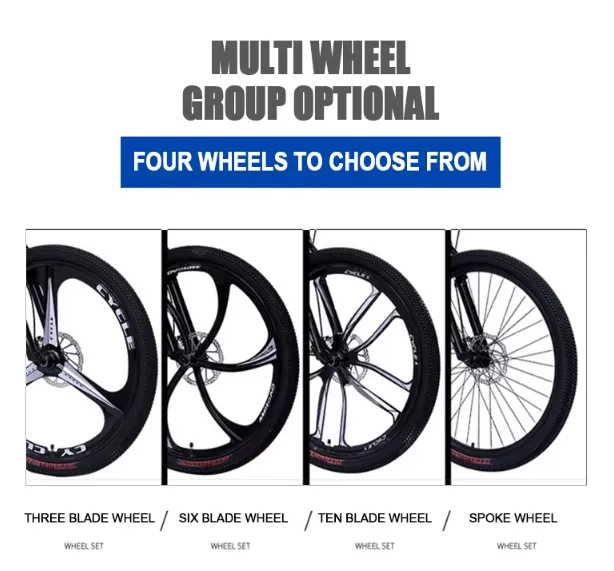
-
 Afrikaans
Afrikaans -
 Arabic
Arabic -
 Belarusian
Belarusian -
 Bengali
Bengali -
 Bulgarian
Bulgarian -
 Croatian
Croatian -
 Czech
Czech -
 Danish
Danish -
 Dutch
Dutch -
 English
English -
 Finnish
Finnish -
 French
French -
 German
German -
 Greek
Greek -
 hawaiian
hawaiian -
 Hebrew
Hebrew -
 Hindi
Hindi -
 Hungarian
Hungarian -
 Indonesian
Indonesian -
 irish
irish -
 Italian
Italian -
 Japanese
Japanese -
 Javanese
Javanese -
 kazakh
kazakh -
 Khmer
Khmer -
 Korean
Korean -
 Kyrgyz
Kyrgyz -
 Lao
Lao -
 Latin
Latin -
 Luxembourgish
Luxembourgish -
 Malay
Malay -
 Myanmar
Myanmar -
 Norwegian
Norwegian -
 Persian
Persian -
 Polish
Polish -
 Portuguese
Portuguese -
 Romanian
Romanian -
 Russian
Russian -
 Serbian
Serbian -
 Slovak
Slovak -
 Somali
Somali -
 Spanish
Spanish -
 Swedish
Swedish -
 Tagalog
Tagalog -
 Thai
Thai -
 Turkish
Turkish -
 Turkmen
Turkmen -
 Ukrainian
Ukrainian -
 Uighur
Uighur -
 Vietnamese
Vietnamese
11월 . 16, 2024 15:45 Back to list
different types of mountain bike riding
Different Types of Mountain Bike Riding
Mountain biking is an exhilarating sport that allows riders to immerse themselves in nature while experiencing the thrills of challenging terrain. With a variety of riding styles tailored to different landscapes and skill levels, understanding these types can help enthusiasts choose the right experience for their preferences and abilities. In this article, we will explore the different types of mountain bike riding, each offering unique challenges and rewards.
1. Cross-Country (XC) Riding
Cross-country riding is one of the most popular forms of mountain biking, especially for those who enjoy long-distance trails that combine climbing and descents. XC trails typically vary from moderate to difficult, and riders are often required to cover significant distances. This type of riding emphasizes endurance, efficiency, and the ability to ride on diverse terrains, including dirt paths, gravel roads, and lightweight singletrack trails.
Riders in this category often use lightweight bikes that are designed for speed and efficiency rather than rugged stability. An XC bike usually features a suspension system to absorb bumps while maintaining a focus on being lightweight. Competitions like the Olympics and various bike races have XC events that attract top talents globally, making it a prominent choice for competitive riders.
2. Trail Riding
Trail riding marries the endurance aspects of cross-country with the technical demands of more rugged terrains. Trails can vary widely in their features, including roots, rocks, and sharp turns, making each ride a unique experience. This type of riding is about flow, and understanding how to navigate through these natural obstacles becomes key.
Trail bikes typically feature a more robust frame and a suspension system that offers more travel compared to XC bikes, allowing riders to tackle rough terrains confidently. With a focus on versatility, trail bikes can handle a variety of trails, from long climbs to exhilarating descents. Trail riding is often recommended for those who enjoy both the thrill of speed and the challenge of technical navigation.
3. All-Mountain (Enduro) Riding
All-mountain riding, often referred to as enduro, is becoming increasingly popular among mountain biking enthusiasts. This style combines elements from both trail and downhill riding, providing a mix of climbing and descending challenges. Enduro courses are usually comprised of a series of timed downhill segments, requiring riders to pedal uphill to reach each section.
different types of mountain bike riding

Enduro bikes are built to handle steep descents and rugged terrain, featuring longer suspension travel and more stable geometry compared to trail bikes. This type of riding allows riders to experience the best of both worlds the endurance aspect of climbing and the aggressive nature of downhill riding. Races in this category are gaining traction, drawing fans of action and competition alike.
4. Downhill Riding
Downhill riding is for thrill-seekers who relish the rush of descending steep, technical trails at high speeds. Unlike XC and trail riding, downhill riding primarily focuses on gravity and involves riding on specially designed terrains, often found in bike parks that feature jumps, drops, and banked turns.
Downhill bikes are heavy-duty, with exceptional suspension systems to absorb the shocks of hard landings and rough trails. These bikes are purpose-built, prioritizing stability and performance over weight. Riders typically ascend the mountain using chairlifts or shuttle services, making the descent the primary focus of the sport. The adrenaline of downhill riding attracts many riders, who often enjoy challenging their limits and perfecting their skills on demanding courses.
5. Freeride
Freeriding is an adventurous form of mountain biking that incorporates a combination of tricks, jumps, and technical features. This style encourages creativity and individual expression, allowing riders to customize their experience based on their skills. Freeriders often seek out natural terrains with a variety of obstacles and features to engage with, from large rock drops to constructed ramps.
Freeride bikes are characterized by their robust frames and powerful suspension systems, designed to withstand impacts from big jumps and rugged landings. Riders in this category often enjoy pushing boundaries, both in terms of skill and the terrains they navigate.
Conclusion
Mountain biking offers a spectrum of riding styles, each providing unique experiences and challenges. Whether you prefer the endurance-focused XC trails, the technicality of trail riding, the thrill of downhill, or the creativity found in freeriding, there is a style to suit every preference. By understanding these different types of mountain bike riding, enthusiasts can engage more fully with the sport, enhancing their skills while enjoying the beautiful landscapes that mountain biking opens up. So get on your bike, choose your style, and hit the trails!
-
Premium Titanium Road Bike: Lightweight & Durable
NewsAug.01,2025
-
Red Black BMX Bike with GPT-4-Turbo AI Tech
NewsJul.31,2025
-
New Red Anti-theft E-Bike | Easy Ride City Commuter
NewsJul.31,2025
-
BMX 20 Inch Bikes for Freestyle & Street | Fat Tire Options Available
NewsJul.30,2025
-
322 High Quality 26 Inch 21 Speed Adult Mountain Bike OEM MTB
NewsJul.29,2025
-
Specialized Kids Mountain Bikes - Safe, Durable & Fun Riding Experience
NewsJul.29,2025

